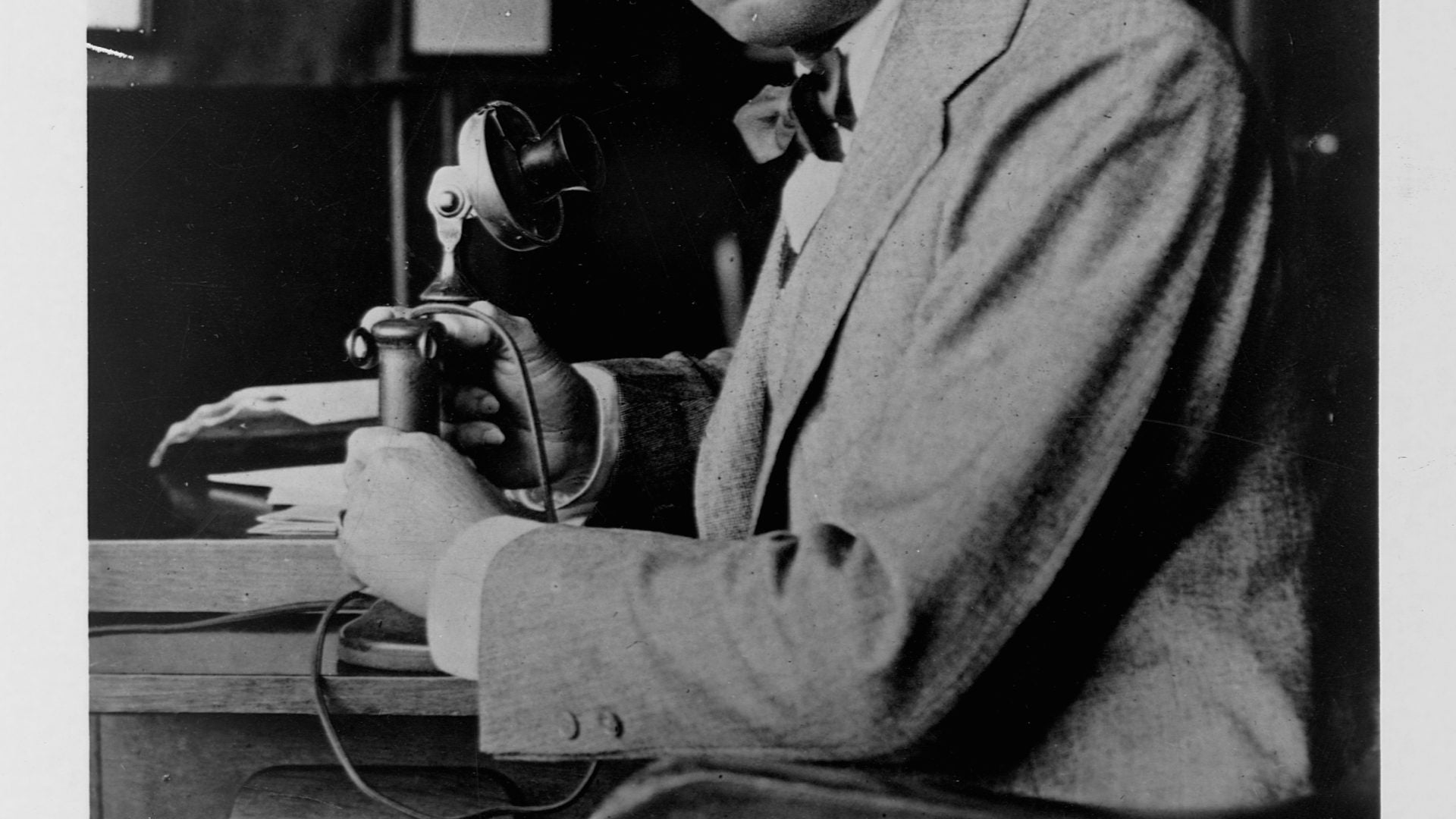
“Lift Every Voice and Sing” is a powerful hymn with a rich history and cultural significance in the United States. It is often referred to as the Black National Anthem due to its powerful message and its role in the African American community’s struggle for civil rights and equality. Here are some key points about this hymn which was written on November 6, 1899.
Origin Of The Song
“Lift Every Voice and Sing” was written and composed by James Weldon Johnson and his younger brother John Rosamond Johnson. They were influential figures in the fields of literature and music as well as civil rights, and they believed in the power of art and culture to advance the cause of Black Americans.
“Lift Every Voice and Sing” was written during a crucial period of American history, when Jim Crow replaced slavery, and African Americans were seeking their own identity. The hostile climate led many African American communities to turn inward and form their own schools, newspapers, musical groups, religious groups, and social groups.
The song, as we know it today, began as a poem: James Weldon Johnson attempted to write prose in honor of Abraham Lincoln’s birthday in 1899. In his autobiography, “Along This Way,” Johnson wrote, “My thoughts began buzzing around a central idea of writing a poem about Lincoln, but I couldn’t net them.”
Instead, he composed a poem on Black struggle and perseverance, and he requested his brother to compose the music. The lyrics, which depicted the history of oppression and injustice, reportedly brought James to tears (“Stony the road we trod/ Bitter the chastening rod”) but concluded with a message of resiliency: “May we forever stand/ True to our God/ True to our native land,” TIME reports.
When he wrote this song in 1899, James was the principal of the segregated Stanton School in Jacksonville, Florida. His brother, who was trained at the New England Conservatory of Music, taught music at the school.
Song Debut
During an event celebrating Black history at the Stanton School, “Lift Every Voice and Sing” made its debut in February of 1900 when 500 children sang it. The hymn quickly gained recognition and became a symbol of unity and hope for the Black community. “The schoolchildren of Jacksonville kept singing it; they went off to other schools and sang it; they became teachers and taught it to other children,” James said in 1935.
Cultural Significance
“Lift Every Voice and Sing” became a prevalent feature at pivotal events and gatherings, especially during the civil rights movement. It became a rallying cry and a unifying force during this crucial period in American history.
The reach of “Lift Every Voice and Sing” continues to expand around the world to the present day. Beyoncé performed it at Coachella in 2019, and its resurgence during the aftermath of the George Floyd protests in 2020 emphasized its contemporary relevance and resonance. The National Football League and the National Basketball Association featured the hymn in pregame ceremonies, underlining its integration into mainstream events. Additionally, in 2021, Rep. Jim Clyburn sponsored legislation to designate “Lift Every Voice and Sing” as the United States’ “national hymn.”
The hymn’s enduring legacy underscores the role of art, music, and culture in the struggle for civil rights and social justice in the United States. It remains a symbol of strength and resilience for many, inspiring hope and unity in the face of adversity.





